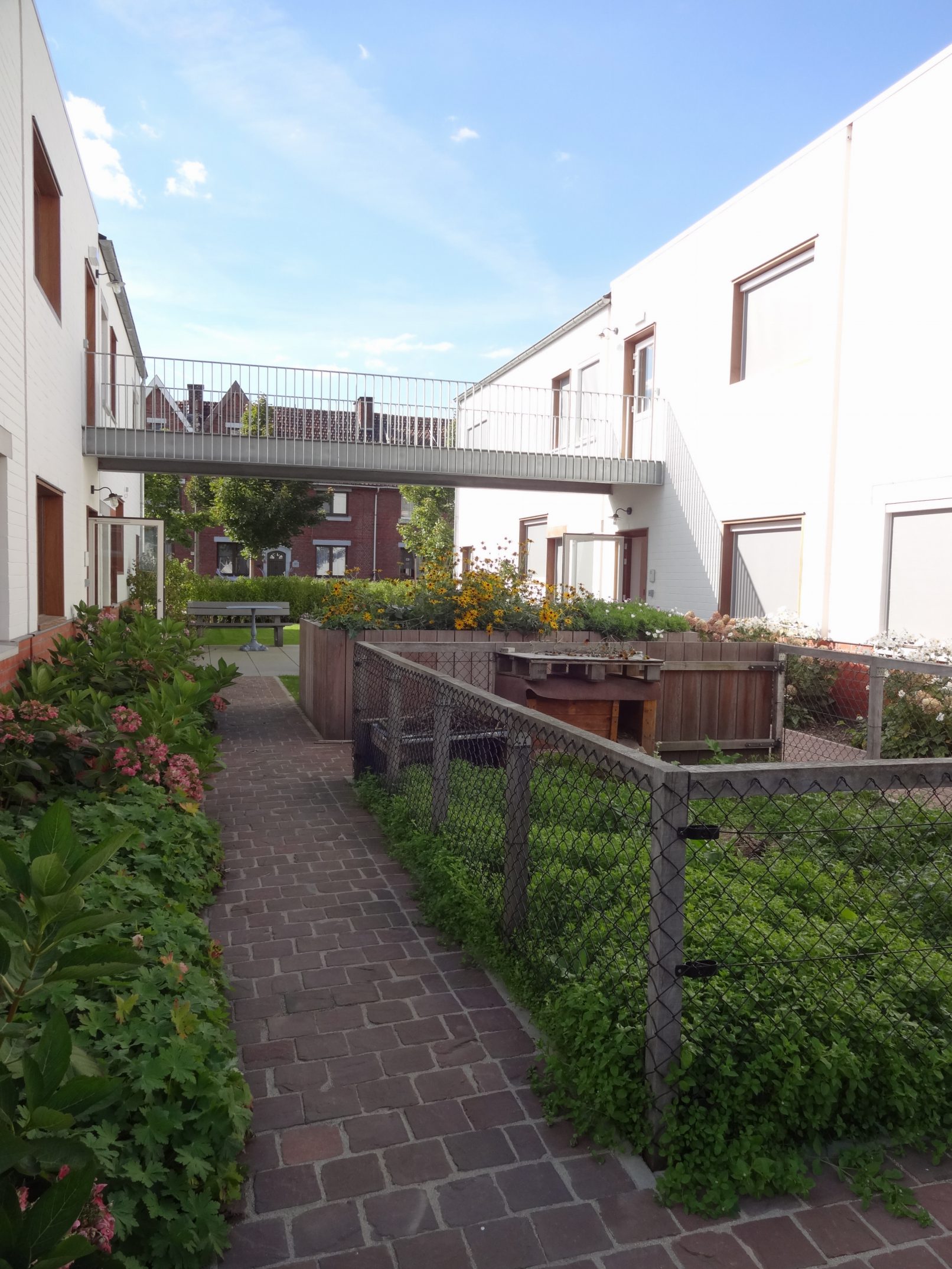Offering Architects Insights into Living with Dementia
Due to memory loss, most people with dementia are increasingly disorientated in space, time, and identity, which causes profound feelings of insecurity, anxiety and homelessness. The built environment is expected to hold great potential for offering support in coping with the challenges resulting from disorientation. However, adequate architectural design knowledge is still lacking. Exploratory meetings with professional architects suggest that most research findings do not match their approach to designing architecture for people with dementia. The aim of this research is offering architects insights into the experiences of people with dementia to broaden knowledge on architectural design for them. The central research question is: how could architecture support or hinder people with dementia in orientating in space-time-identity? A novel approach is developed to inscribe this research in current emancipatory discourses on housing and caring for people with dementia, and to bring the findings closer to the discipline of architecture.
Several case studies show that architecture can support people with dementia in coping with the challenges of disorientation by articulating their relation to places, people, and their history, both on a smaller and larger scale. The smaller scale concerns the design of strategic places that allow people to be occupied with a daily life activity in a comfortable, more or less active way, and an architectural context that facilitates support from other people. On the larger scale, and particularly in case of a large and complex program of a residential care facility, it is important to consider to what extent the architecture reflects the presence of an overarching care organization and its logistic requirements, or also other facets of residents’ lives. Other points of attention are the social dynamics of people living together and the design of shared spaces and facilities.
The case studies give voice to people with dementia and provide insights into their experiences in a format that allows architects to develop affinity with their perspective. For care givers, this research shows (part of) the repertoire that architects possess to design architecture for people with dementia. By linking insights into living with dementia with architects’ “core business” of form and spatial organization, this research could enhance dialogues between architects and their clients, and broaden their view on possible roles of architecture in the daily lives of people with dementia.
The research is supported by the KU Leuven Research Fund and an architecture firm which designed one of the case studied. It is conducted by Iris Van Steenwinkel in collaboration with Ann Heylighen, Bernadette Dierckx de Casterlé, Chantal Van Audenhove and Liesl Van Hecke.
Publications
- Van Hecke, L., Van Steenwinkel, I., Heylighen, A. (2018) How Enclosure and Spatial Organization Affect Residents' Use and Experience of a Dementia Special Care Unit: A Case Study.
- HERD-Health Environments Research & Design Journal; 2018; pp. 1-15.
- Van Steenwinkel, I., Van Audenhove, Ch., Heylighen, A. (2017)
- Insights into living with dementia: Five implications for architectural design.
- Proceedings of the 3rd International Conference on Architecture, Research, Care, Health (ARCH17), Copenhagen, pp. 55-70.
- Van Steenwinkel, I., Van Audenhove, Ch., Heylighen, A. (2017) Offering architects insights into experiences of living with dementia: A case study on orientation in space, time, and identity.
- Dementia.
- Van Steenwinkel I., Dierckx de Casterlé B., Heylighen A. (2017). How architectural design affords experiences of freedom in residential care for older people. Journal of Aging Studies (41), 84-92.
- Van Steenwinkel, I. (2015)
- Offering Architects Insights into Living with Dementia: Three Case Studies on Orientation in Space-time-identity
- PhD dissertation. KU Leuven, Faculty of Engineering Science.
- Van Steenwinkel, I., Van Audenhove, Ch., Heylighen, A. (2014)
- Mary's Little Worlds: Changing Person-Space Relationships When Living With DementiaQualitative Health Research; Vol. 24; iss. 8; pp. 1023 - 1032


